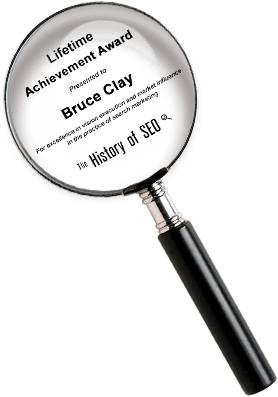How do I navigate AI-driven search ecosystems effectively?

Overview
The days of search results displaying just a list of blue links are sadly a thing of the past. Now, we’re met with a dynamic, AI-driven landscape that presents us with Featured Snippets, People Also Ask (PAA) boxes, video carousels, local packs and more.
These SERP elements give us an opportunity (or a missed one) to grab the user’s attention. In today’s AI-powered world, brands can’t just simply exist on the SERP; they have to be seen, remembered, and most importantly, engaged with on the SERP. That means shifting from a “optimize a page” mindset to an “optimize for every feature” approach.
What I Think
Most SEO teams are flying blind in this AI-driven environment. They’re still producing static pages while Google displays dynamic, interactive SERPs. AI is dictating what shows up, and if your content doesn’t fit the mold, it gets ignored.
What is Google trying to tell us with all these SERP changes? And what do we have to do (or not do) with our web pages and web content in order to avoid getting left behind.
Companies need to consider each SERP feature as a distinct chance to succeed. Each feature requires a distinct, engaging way of using media that use the best in template design and the appropriate kind of structured data. The brands that are thriving in this space are building internal playbooks that scale across keywords, features and markets.
Deep Dive: Build Feature-Based SEO Playbooks for Sustained SERP Visibility
AI search ecosystems reward precision and adaptability. You can’t rely on generic, one-size-fits-all content; you need a modular asset that can be put together in different ways to yield a different combination each time so that it matches the specific requirements of the SERP.
You might proceed by doing these:
- Featured Snippets: Create brief, schema-markup paragraphs that are ready to be snipped.
- Google Images: Use visuals of a high caliber that have rich alternative text.
- Video Carousels: Add captions and accessible rules. Provide videos with transcripts and structured data using JSON-LD.
- Local Results: Make sure your local SEO data is in order. That’s step one for being found in map-based results.
- FAQs: Make well-organized Q&A-type content that has the right schema markup to be as visible as possible in search engines.
With this strategy, you’re not after trends — you’re laying the groundwork for flexibility. It sets up content that is modular and feature-specific. And that puts you in a better place to deal with whatever displays next in the search results.
Automation and AI integration are also key. Real-time alerts help your team respond when Google changes the SERP. And analytics tied to each module give insight into what’s working so you can do more of it, fast.
24-Step Action Plan
- Compile your list of high-value target keywords
- Identify and map SERP features that appear for each
- Prioritize features by traffic potential and optimization ease
- Draft templates tailored to each SERP feature
- Include FAQ modules with valid schema markup
- Optimize headings for scannability and context
- Add rich alt text to all images for image-based features
- Provide transcripts for all embedded videos
- Implement structured data using JSON-LD
- Use schema testing tools to validate markup
- Publish feature-optimized content in your CMS
- Track impressions and clicks for each SERP feature
- Set up AI-powered alerts for SERP changes
- Update content modules rapidly in response to alerts
- Automate schema updates via CMS or API
- Sync analytics and GTM tags across all templates
- Review insights weekly and adjust priorities
- Scale templates to include long-tail variations
- Conduct quarterly SERP audits by keyword cluster
- Update internal playbooks with new tactics
- Hold training sessions on emerging features and AI tools
- Centralize templates and workflows in a shared repository
- Benchmark performance across teams and features
- Share best practices and wins in cross-functional meetings
About Bruce Clay Inc.
Since 1996, we’ve helped thousands of brands stay visible through every evolution of search, which now includes AI. Our SEO services are designed to help you build lasting visibility across all SERP features, not just organic rankings. From SEO site audits and consulting to expert SEO training and AI-powered quality content development, our solutions give businesses a competitive edge and the power to dominate search ecosystems.
26,000+ professionals, marketers and SEOs read the Bruce Clay Blog
Subscribe now for free to get:
- Expert SEO insights from the "Father of SEO."
- Proven SEO strategies to optimize website performance.
- SEO advice to earn more website traffic, higher search ranking and increased revenue.

Comments are closed








